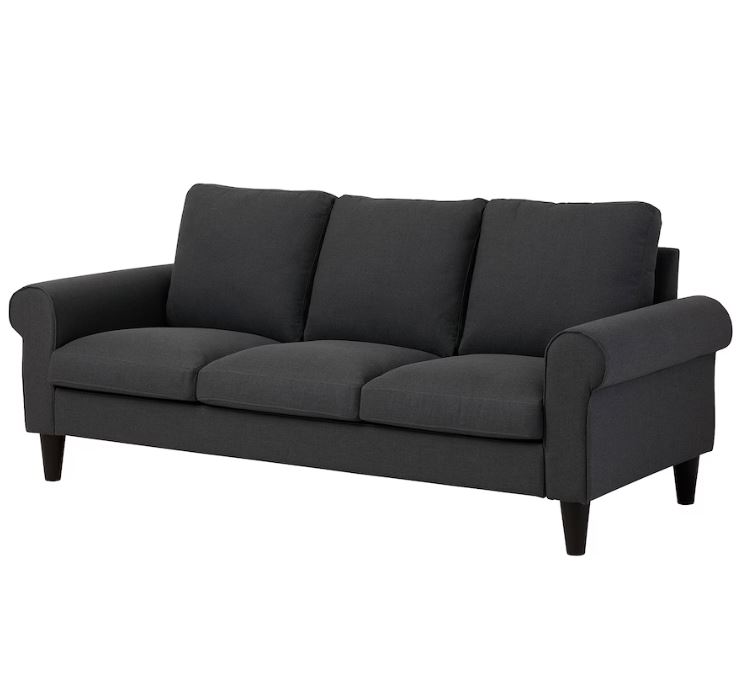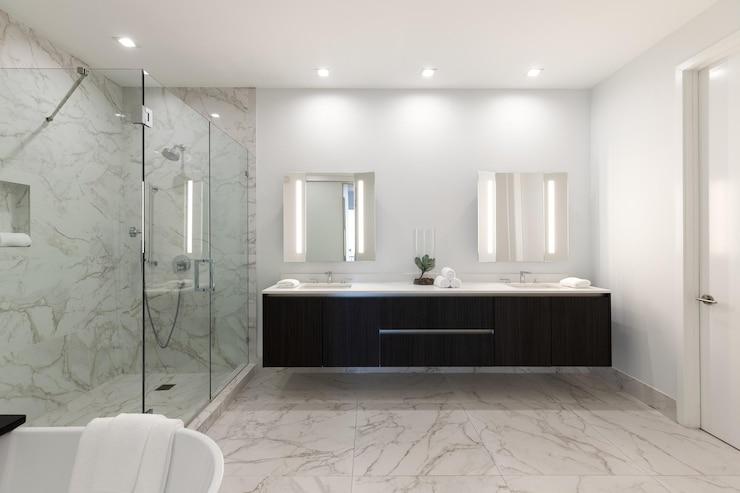In today’s design world, sustainability isn’t just a buzzword — it’s a lifestyle choice shaping how we live, decorate, and invest in our homes. One area seeing a major green revolution is sofa upholstery. As more homeowners embrace mindful living, eco-friendly upholstery fabrics are redefining what modern interiors look and feel like. They’re stylish, durable, and kind to the planet — proof that luxury and responsibility can coexist beautifully.
The Rise of Sustainable Upholstery
Gone are the days when “eco-friendly” meant dull, scratchy fabrics or limited design choices. Advances in textile technology have given us a world of options that are not only environmentally conscious but also soft, elegant, and full of personality.
Today’s eco-friendly sofa upholstery materials are sourced responsibly, use less water, and avoid harmful chemicals in production. Many are even made from recycled fibers — transforming plastic bottles, reclaimed cotton, and natural waste into high-quality fabrics that look every bit as luxurious as their conventional counterparts.
But sustainability goes beyond materials. It’s about craftsmanship, durability, and longevity. A well-upholstered sofa made from eco-conscious fabric lasts longer, reducing waste and the need for constant replacements — an essential step toward greener living.
Top Sustainable Fabrics for Modern Sofa Upholstery
Let’s explore some of the leading eco-friendly fabrics making waves in interior design.
Organic Cotton
Organic cotton is a timeless favorite that feels soft, breathable, and comfortable. Unlike conventional cotton, it’s grown without synthetic fertilizers or pesticides, making it healthier for the planet and for you. It’s also biodegradable and hypoallergenic — perfect for families or anyone with sensitive skin.
For upholstery, organic cotton can be blended with natural fibers like linen or wool to enhance durability and texture, offering endless styling versatility.
Recycled Polyester
At first glance, polyester may not sound eco-friendly, but recycled polyester (rPET) is changing that perception. Made from recycled plastic bottles and post-consumer waste, rPET drastically reduces energy use and carbon emissions during production.
It’s stain-resistant, colorfast, and durable — ideal for busy households or commercial spaces. The best part? It contributes to reducing plastic waste that would otherwise end up in oceans and landfills.
Hemp
Hemp fabric is the unsung hero of sustainable upholstery. This incredibly strong and versatile natural fiber grows quickly with minimal water and no pesticides. It’s also one of the most durable eco-friendly options available, softening beautifully with age.
Hemp upholstery offers a raw, organic aesthetic that fits perfectly in contemporary, boho, or rustic interiors. Pair it with wood and neutral tones, and you’ll have a chic, earthy living space with character.
Linen
Linen has long been prized for its effortless elegance and sustainability. Made from the flax plant, it requires little irrigation and grows well without chemical treatments. Linen upholstery feels light, airy, and timeless — ideal for minimalist or coastal-inspired interiors.
Its natural wrinkles are part of its charm, creating a relaxed yet refined look that suits modern lifestyles. Moreover, linen becomes softer with every use, aging gracefully like fine wine.
Wool
Wool is one of nature’s most renewable fibers, offering warmth, resilience, and comfort. It’s naturally flame-resistant and doesn’t require chemical treatments to meet safety standards.
When sourced ethically — such as from farms that practice humane shearing — wool upholstery becomes a luxurious, sustainable choice. It adds texture and depth to any room, making it perfect for cozy, elegant living spaces.
Tencel (Lyocell)
Derived from sustainably sourced wood pulp, Tencel is a silky, biodegradable fabric known for its smooth texture and durability. It’s produced through a closed-loop process, meaning nearly all solvents and water used in manufacturing are recycled.
Tencel drapes beautifully, resists wrinkles, and feels cool to the touch — a modern favorite for eco-conscious homeowners seeking both comfort and sophistication.
The Benefits of Choosing Eco-Friendly Upholstery
Opting for sustainable upholstery goes far beyond environmental impact — it enhances your overall living experience. Here’s how:
Healthier Indoor Air Quality: Eco-friendly fabrics are often free from toxic dyes, formaldehyde, and volatile organic compounds (VOCs), which can pollute indoor air.
Longevity and Value: Sustainable materials tend to be high-quality and long-lasting, meaning fewer replacements and better long-term value.
Timeless Style: Natural textures and tones rarely go out of fashion. They blend effortlessly with evolving décor trends, offering design flexibility.
Conscious Living: Every sustainable choice reflects mindfulness — a small step toward a cleaner planet and a more ethical design philosophy.
How to Care for Eco-Friendly Upholstery
Caring for eco-friendly upholstery is simple and ensures your fabric remains beautiful for years. Here are a few designer-approved tips:
Vacuum Regularly: Prevent dust and debris from settling into fibers.
Spot Clean Naturally: Use mild, eco-friendly cleaners or homemade solutions like diluted vinegar or baking soda for stains.
Avoid Direct Sunlight: Prolonged exposure can fade natural fabrics; position your sofa away from harsh sunlight or use curtains for protection.
Rotate Cushions: Even out wear and maintain shape by rotating or flipping cushions every few months.
Professional Cleaning: Once or twice a year, invest in eco-conscious professional cleaning to preserve fabric quality.
Designing with Purpose
Sustainability is no longer a design trend — it’s a responsibility. Choosing eco-friendly sofa upholstery Abu Dhabi isn’t just about what looks good today; it’s about creating spaces that respect tomorrow. As designers and homeowners, we have the power to make choices that align with our values — comfort without compromise, beauty without waste.





